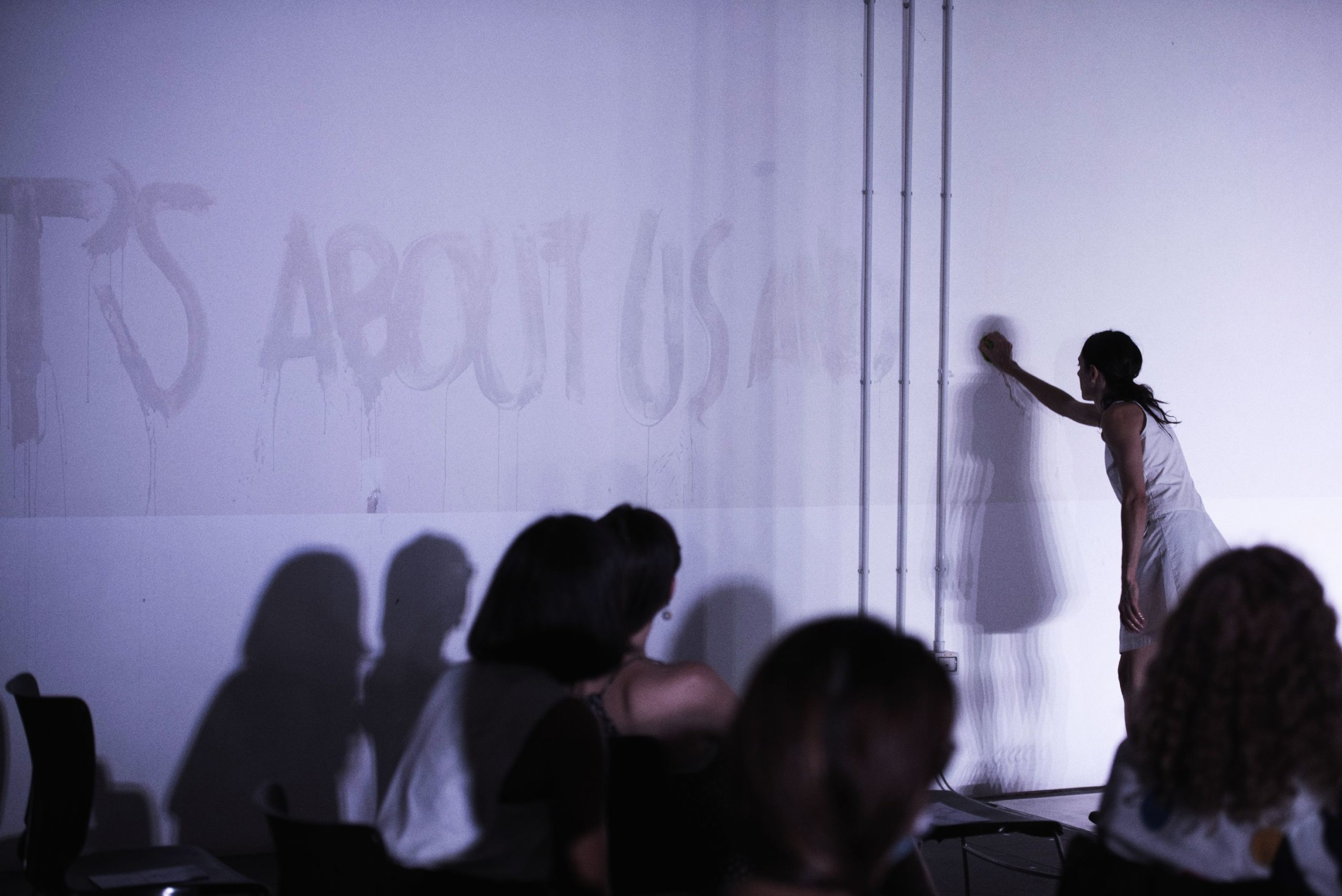
Wall Dialogue Resistance
«It’s the idea of a not oppressive wall: a wall without heavy moral stratifications, without judgments, and therefore open to interpretation. And so, the initial question, “What’s beyond the wall?” dissolves in a dialogue with the wall seen not as an obstacle but as a structural condition. The wall delimits the space, imposing on the performers internal trajectories that collide with the walls but without anguish: they are explorations and attempts to force, not assaulted to destruction. And the question gets an oblique answer: “It’s about us and invisible things”, that Marasso writes in large letters on the wall, referring the sense of the border and closure to an individual and social responsibility (concerns us), but also things that we do not see, they’re beyond the wall, but they could be here, or inside. And as if by magic, the enormous graffiti with the writing slowly fades away, as if absorbed by the wall itself, sucked by the porosity of a concrete wall that seems to breathe as if it were alive.
Just as simply, even the ideal lockdown inside this box vanishes, with performers climbing over the wall, while the sound carpet expands with many voices (“us” and “invisible” too: those voices are us, and they are an invisible crowd), to reiterate a multitude of thought flows almost trapped and still free. Over the wall, Risso plays the double bass. But it is not Rostropovich’s cello on the rubble of the Berlin Wall: the sign leads not to the destruction of the wall but to the coexistence with a barrier that is an inevitable part of our nature.
In the final image the wall, which has now reabsorbed the graffiti presenting itself as an immaculate wall, resists our gaze, but above it the two performers reaffirm the vitality of body and music, against the background of a wall of trees and a deep blue sky, while on a side wall a video sends back their bodies that come and go to another wall: and so, the immaterial wall of the video projected on the real wall offers an additional possibility of comparison, clash and encounter, before even this last wall absorbs even this image in motion in its indecipherable compactness of concrete».
Stefano Casi, “Il Distanziamento sociale del Danzatore”, Casi critici, June 2020
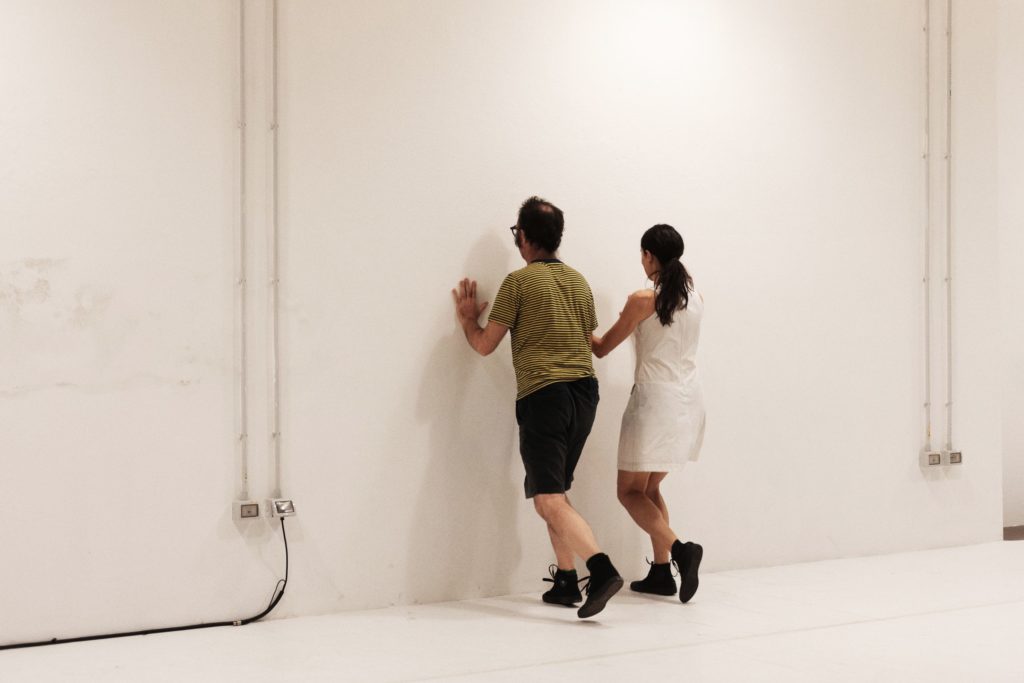
«The dancer begins by analyzing the wall in detail: she seems to want to make it her own, understand it, (ap)take it. Impossible to look beyond: bricks, matter, prevent you from seeing beyond. All that remains is to look at the wall itself, in every detail, and enjoy the force of attraction that brick limit releases. (…) We, the public, are constantly moving towards the wall, as if drawn by an invisible magnet. And we give that same energy back to the world: Sara Marasso’s dance is anything but fluid, contracted, expression of a non human power. Yet it allows and guides the movement of a human body. It is here that the limit stops being such: although invisible, what is beyond affects the lives that are here, moves bodies, opens questions, makes us part of a whole that we do not see but that invests us. The wall, a physical, material reality, is no longer an obstacle, but a definition of spaces, a delimitation that does not limit communication or connection with the world».
Giulia Lannutti
«What’s behind the wall? A question that often comes back, persists and disturbs me in the evenings of existential thoughts and then… I too have often felt that natural anxiety, fear, that makes me stay behind that wall, because I am safe, because it is what I have learned that you “must do”… Of course, I’m not talking about the Berlin Wall or the one almost made in Mexico, I’m talking about the walls that cut my eyes off and shorten my mind. I’m talking about what I thought, as I saw how the dancer pushed, jumped, stopped, thought and returned to push…».
Julio Ricardo Fernandez
«Wall dialogue. Qué pasaría si te atreves a mirar más allá del muro», Spettatori Migranti / Attori sociali project with the support of Teatro e Critica /Attraversamenti Multipli Rome September 2020

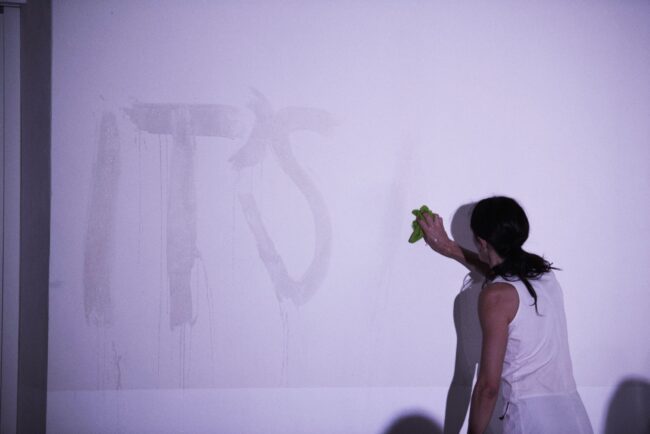
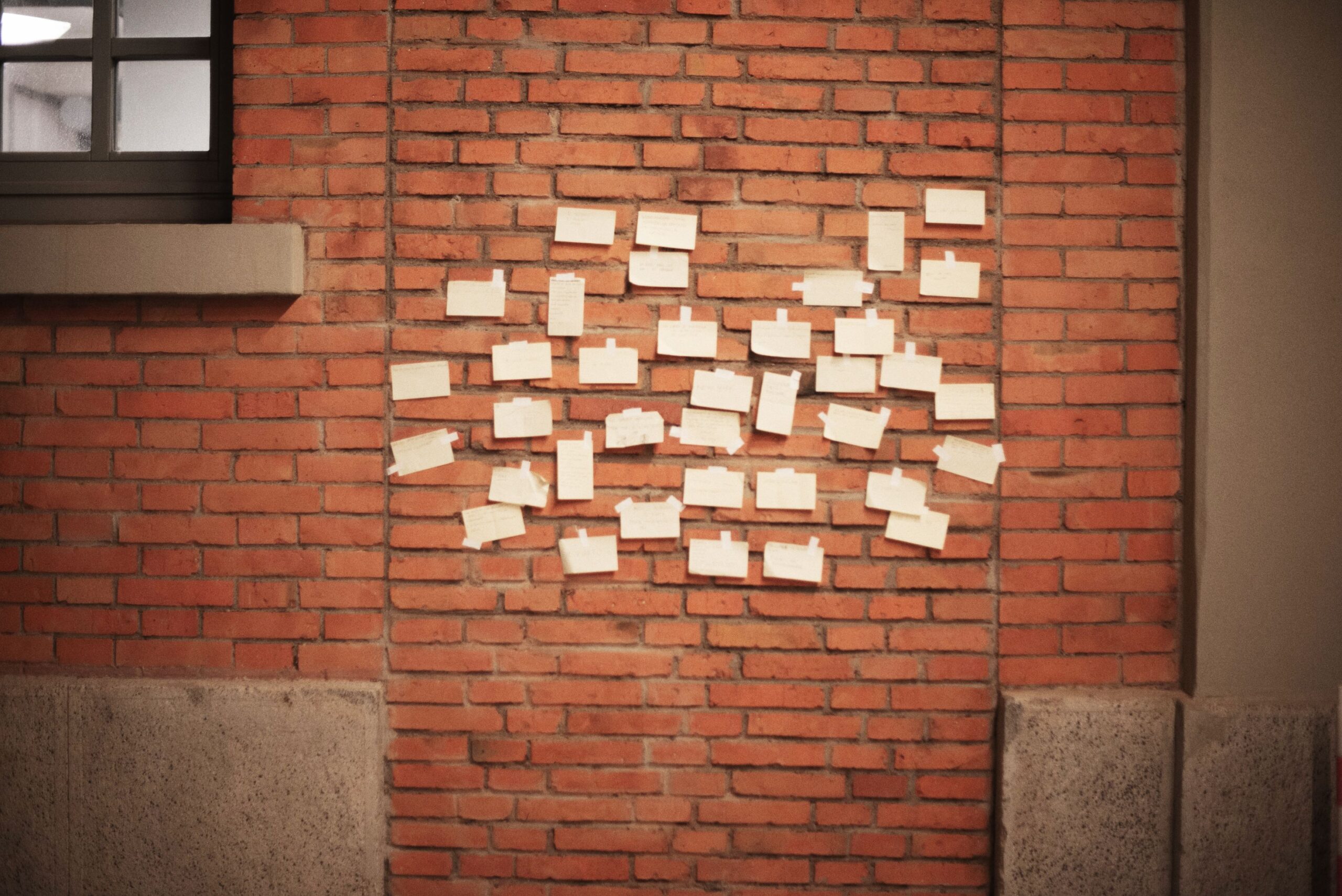
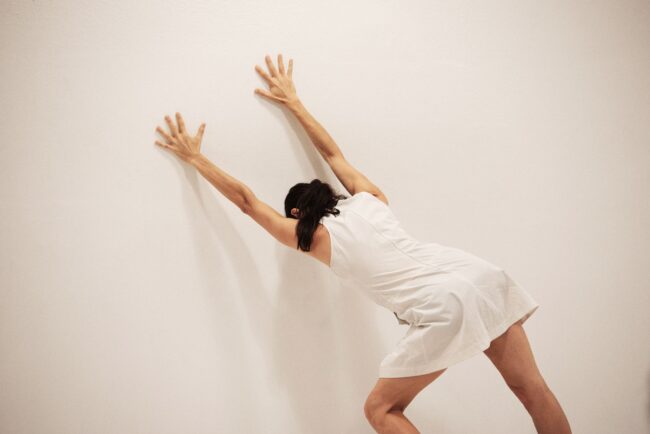
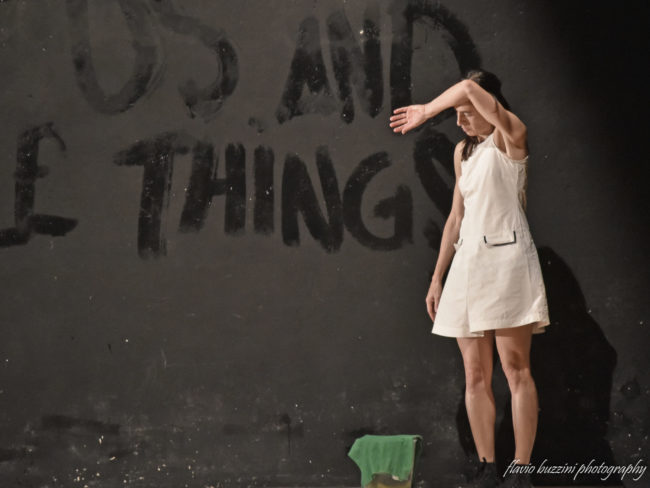
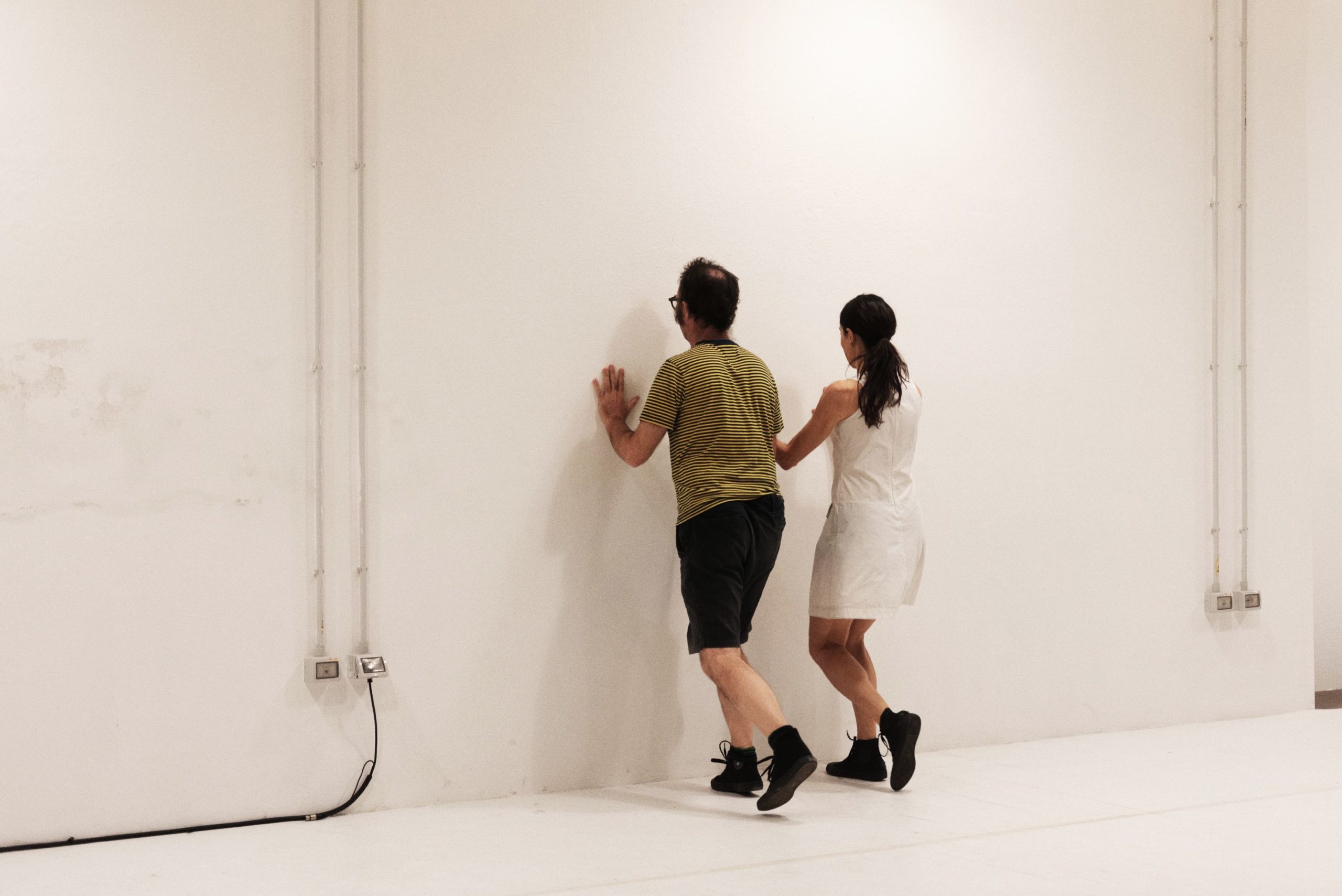
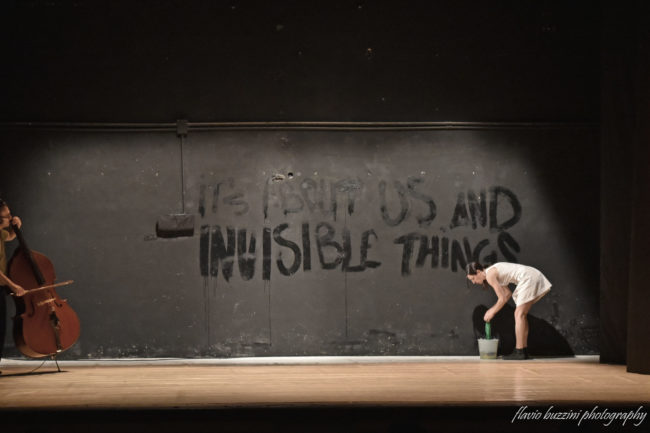
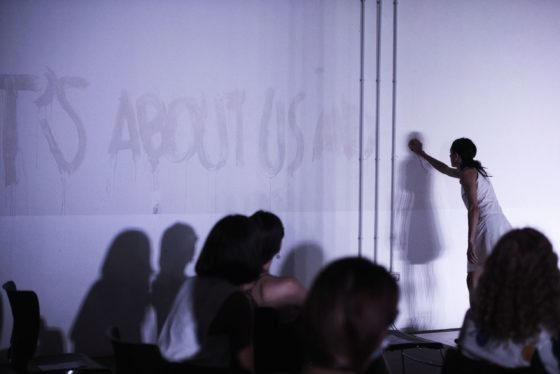
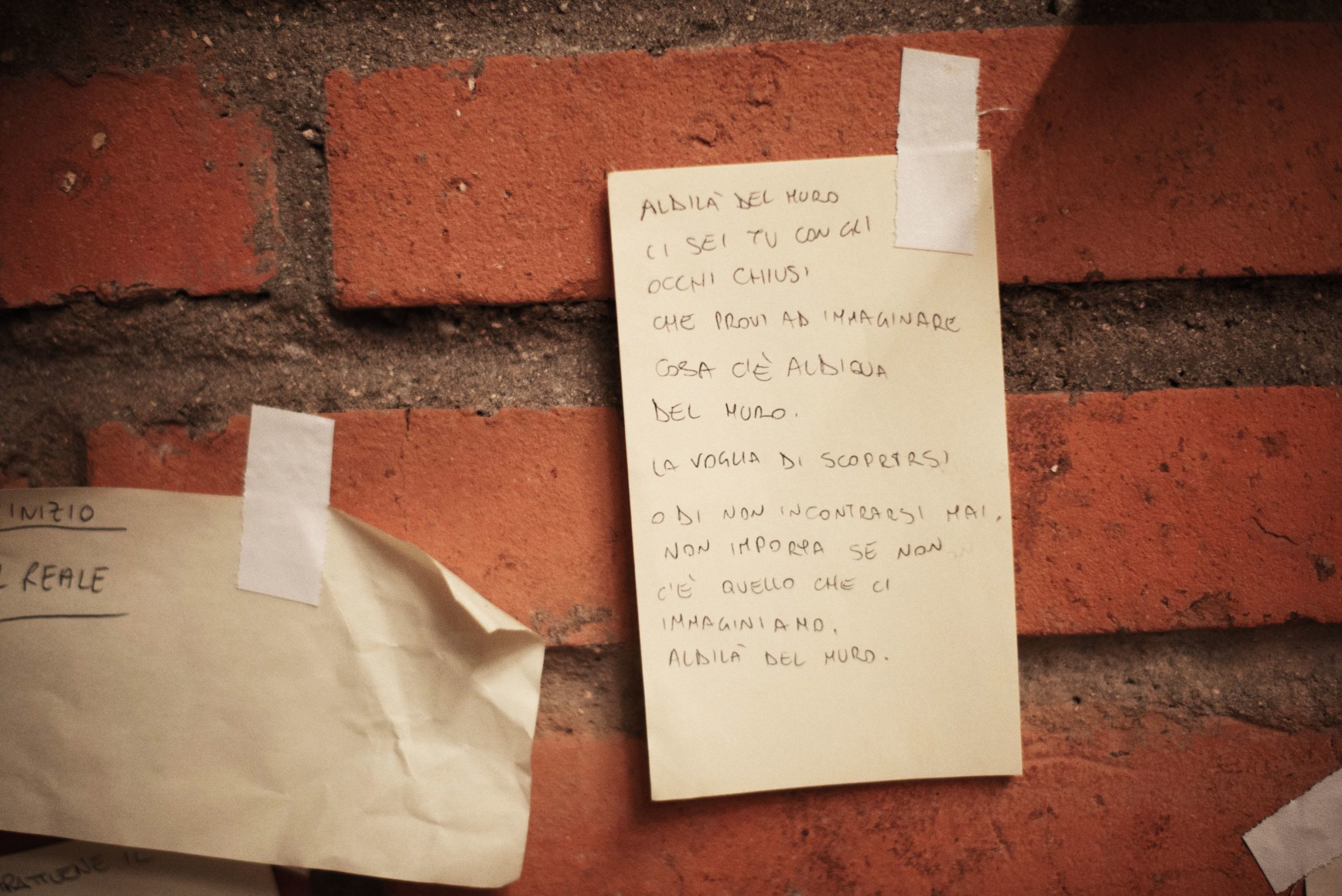

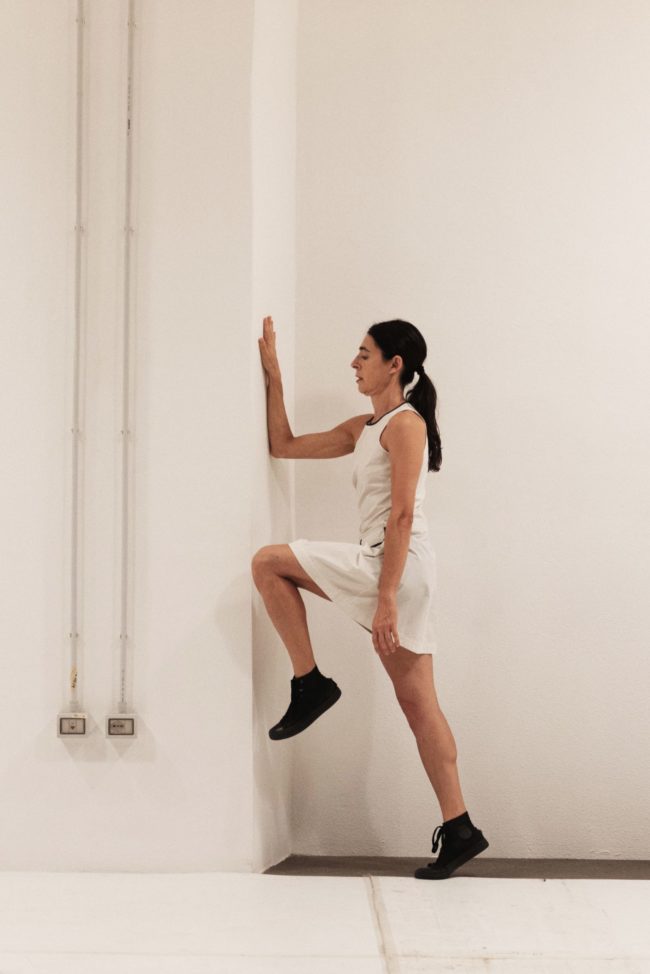
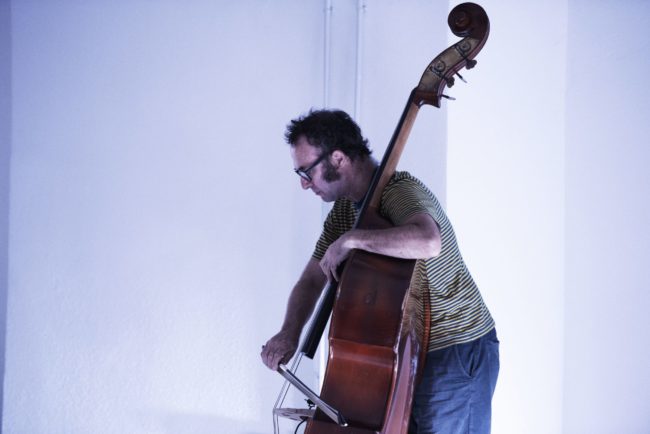
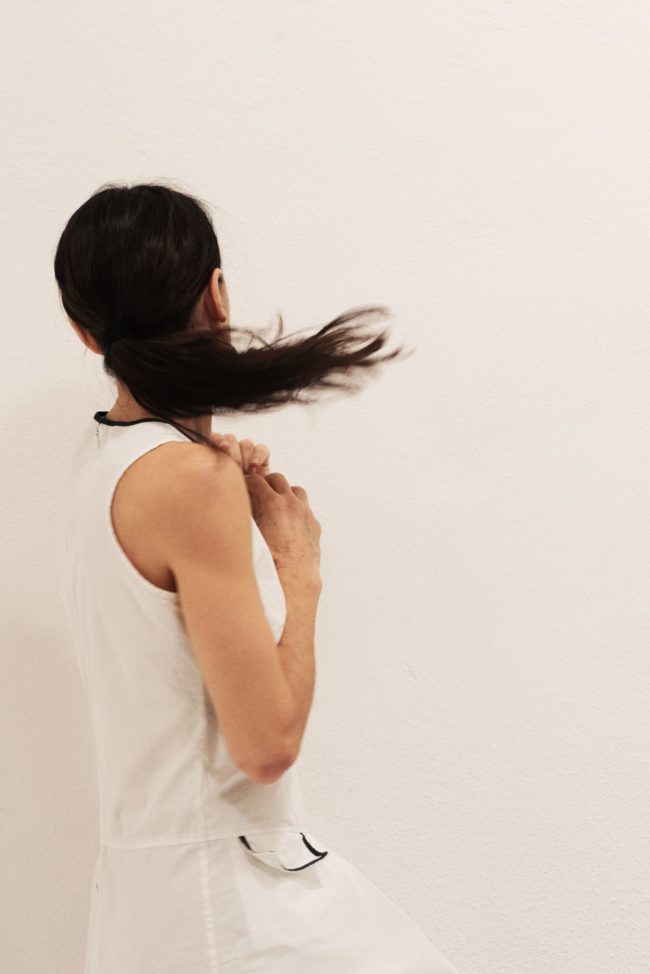
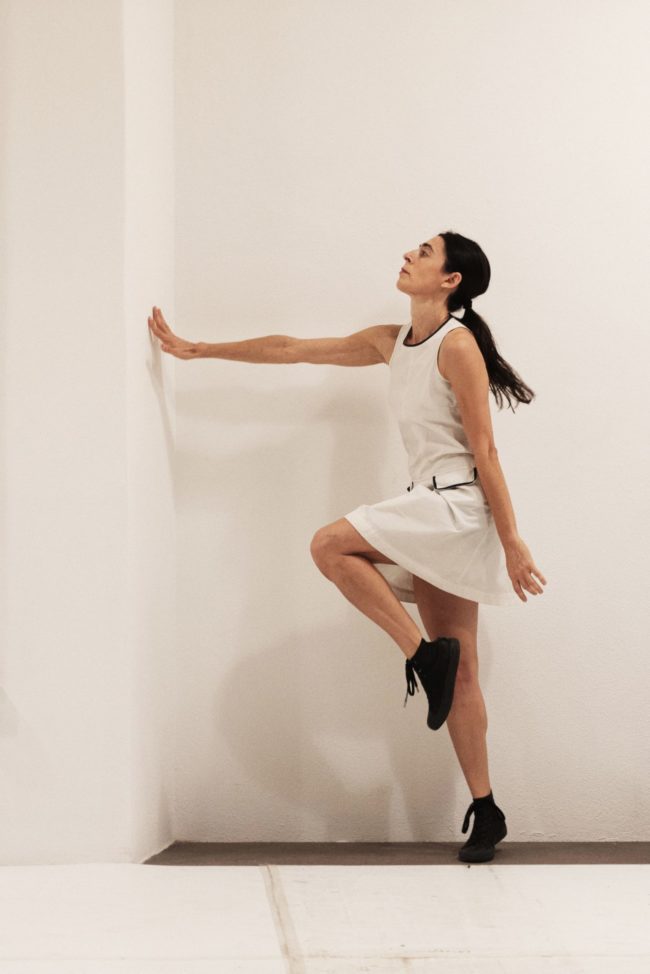
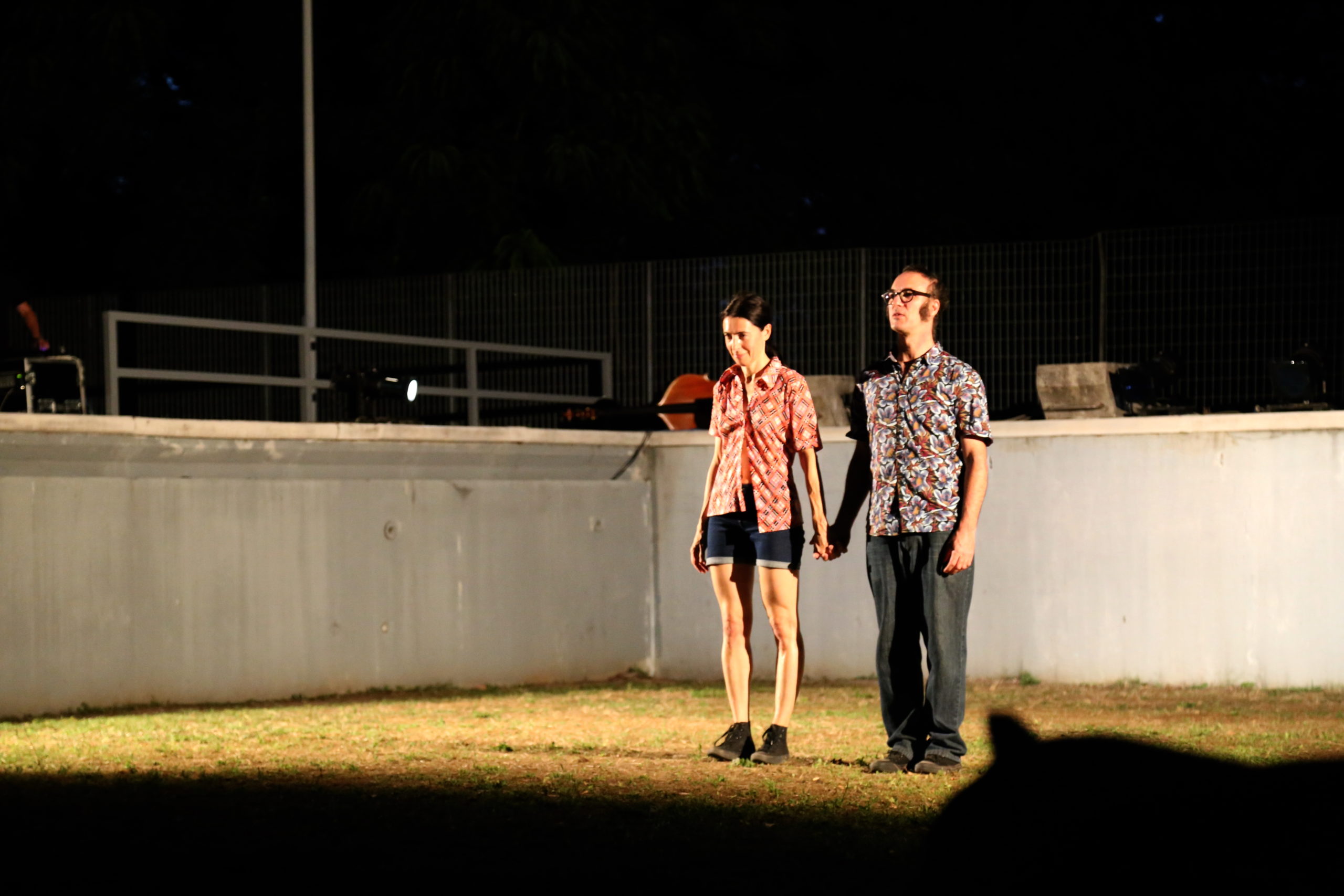
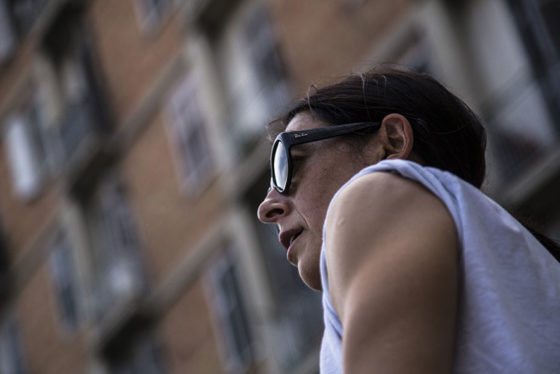
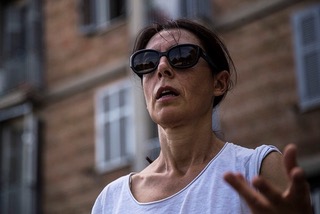
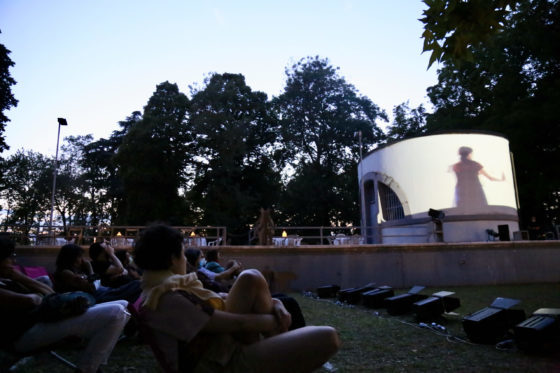
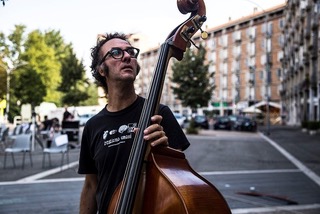
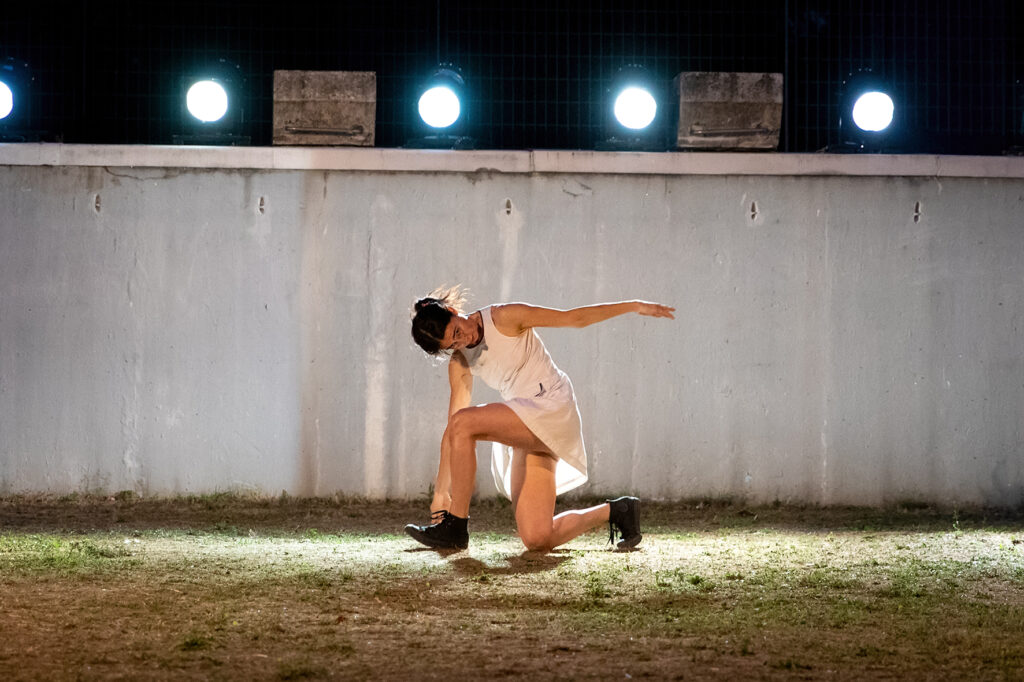
View our Vimeo profile
View our Instagram profile